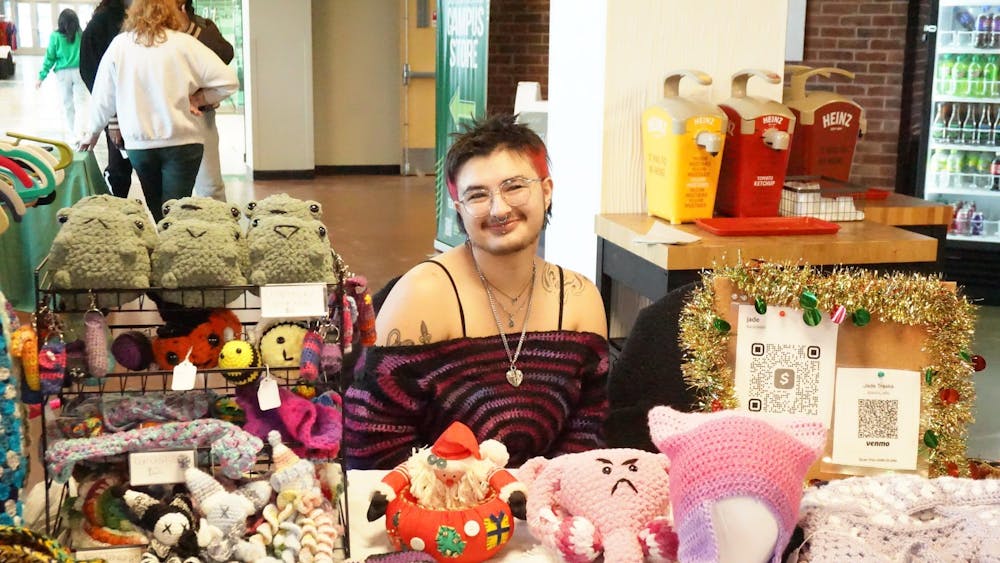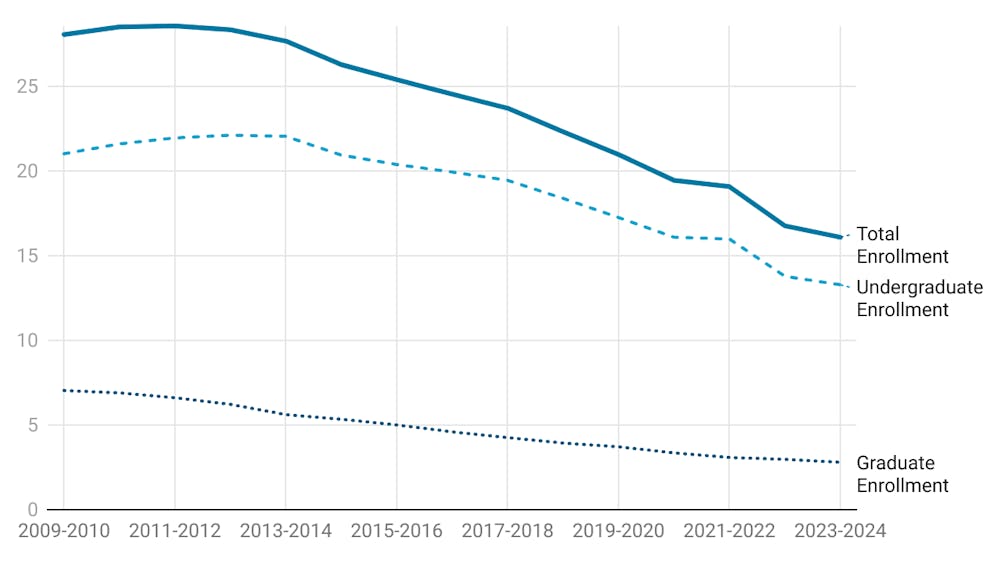Students and alumni filled the Student Center Auditorium Thursday for the presentation “Your Gut: More than a Digestive System.”
The presentation was this year’s annual George Liepa Sigma Xi Lecture.
Presenter Gary Huffnagle is a professor at the University of Michigan Medical School of Microbiology and Immunology who actively facilitates research studies on opportunistic fungal pathogens, fungal bacterial microbiome and the immune system during respiratory disease.
Microbial populations are found in the stomach, mouth, lungs and intestines, creating the human microbiome.
“Your appetite or what you desire to eat might actually be a byproduct of what is living inside of you,” Huffnagle said.
Different bacteria live in different parts of our body and each serve a different purpose. We each have nearly three pounds of bacteria within our body. 100 trillion bacteria reside within each of us, so research is continually being upturned and revised and still holds many secrets.
The job of the immune system is to look for damage and repair it. E. coli is actually a sign of inefficiencies in the digestive tract’s microbiome shown in those who have Irritable Bowel Disease.
“It’s like a canary in a coal mine that something is wrong,” Huffnagle said. “A gene represents the ability to perform a function…most of our genetic coding lives in our microbiome.”
Huffnagle explained how the germ theory – a theory that states that certain diseases are caused by microorganisms – lead to the rise of hand sanitizers and antibiotics, both of which helped lead to the rise of the fear of germs.
“There is something that has been added to these [sanitizing] soaps to make them better which actually has nothing to do with making them better called Triclosan,” Huffnagle said.
This ingredient has been banned in Canada and the European Union, and the Food and Drug Administration recognized the additive as harmful in 2010, but still hasn’t set any regulations for its full removal from products in the U.S. However, Johnson & Johnson is currently phasing it out of its products by 2015.
“It was awesome learning about the bacteria,” said senior Nimra Ali.
Studies done with “Germ-Free” mice who have no microbiome have shown a decrease in gut peristalses, a decrease in body temperature, altered sleep patterns, increased susceptibility to disease and many other negative side effects.
“All germs are not created equal,” Huffnagle said. “There are the good, the bad and the ugly.”
Probiotics and indigenous beneficial bacteria are the good, food poisoning bacteria and pathogens are the bad, and spoilage bacteria are the ugly.
“You carry bacteria to make you healthy,” Huffnagle said.
Studies done on rats with HLA-B27, associated Inflammatory Disease, prove that apples with high polyphenol significantly reduce the disease in rats.
Huffnagle closed with a note to stay healthy and a reminder that diet is the most significant part of shaping the microbiome, which can be altered within 48 hours of poor or positive diet choice.
Senior Corey Crouch said the lecture was well-received.
“Very useful information, my major is Biology Pre-Med and it was helpful to hear,” Crouch said.
If you are interested in further information regarding microbiome health, Huffnagle was part of the researchers for the FAQ: Human Microbiome, which is available as a download through ASMscience website.









